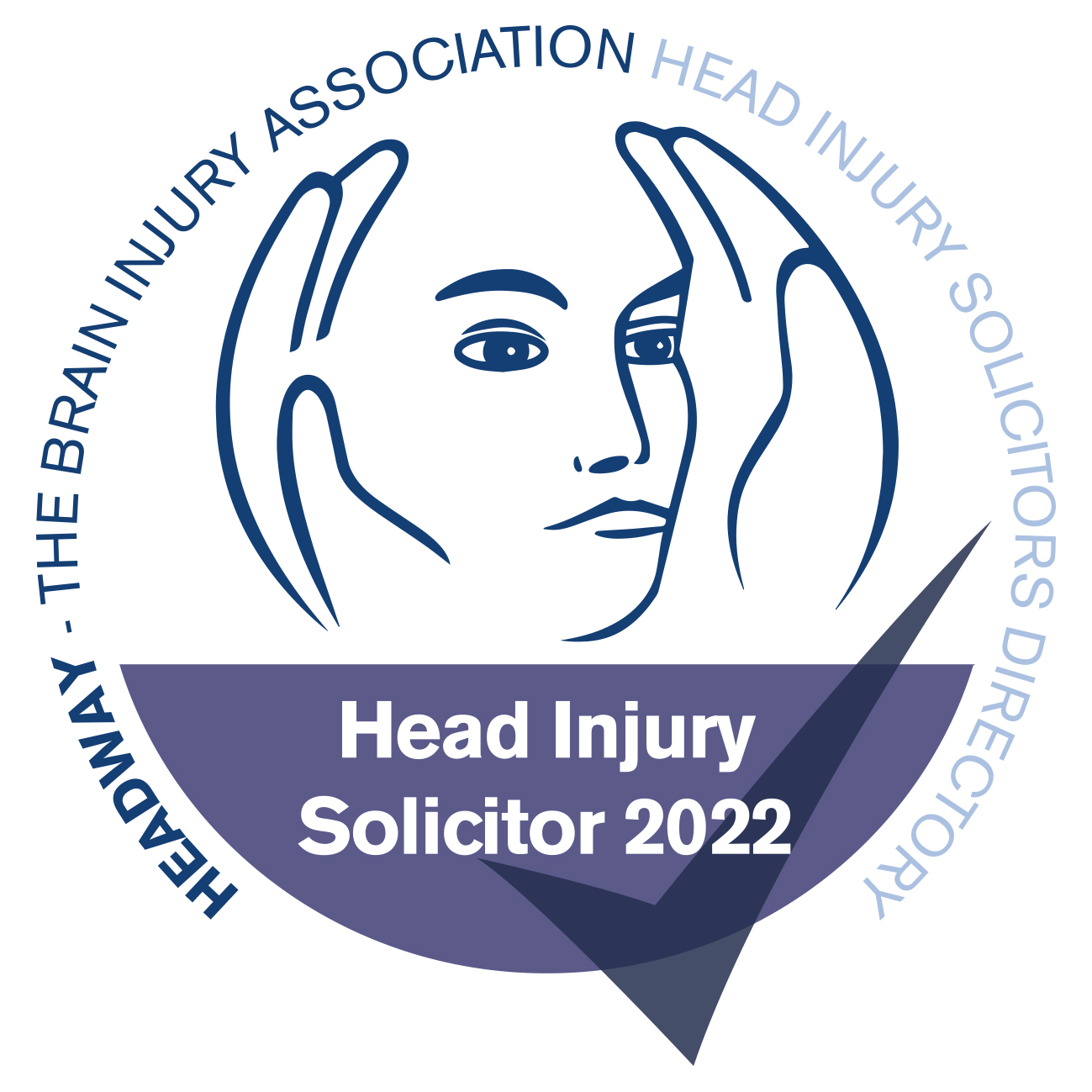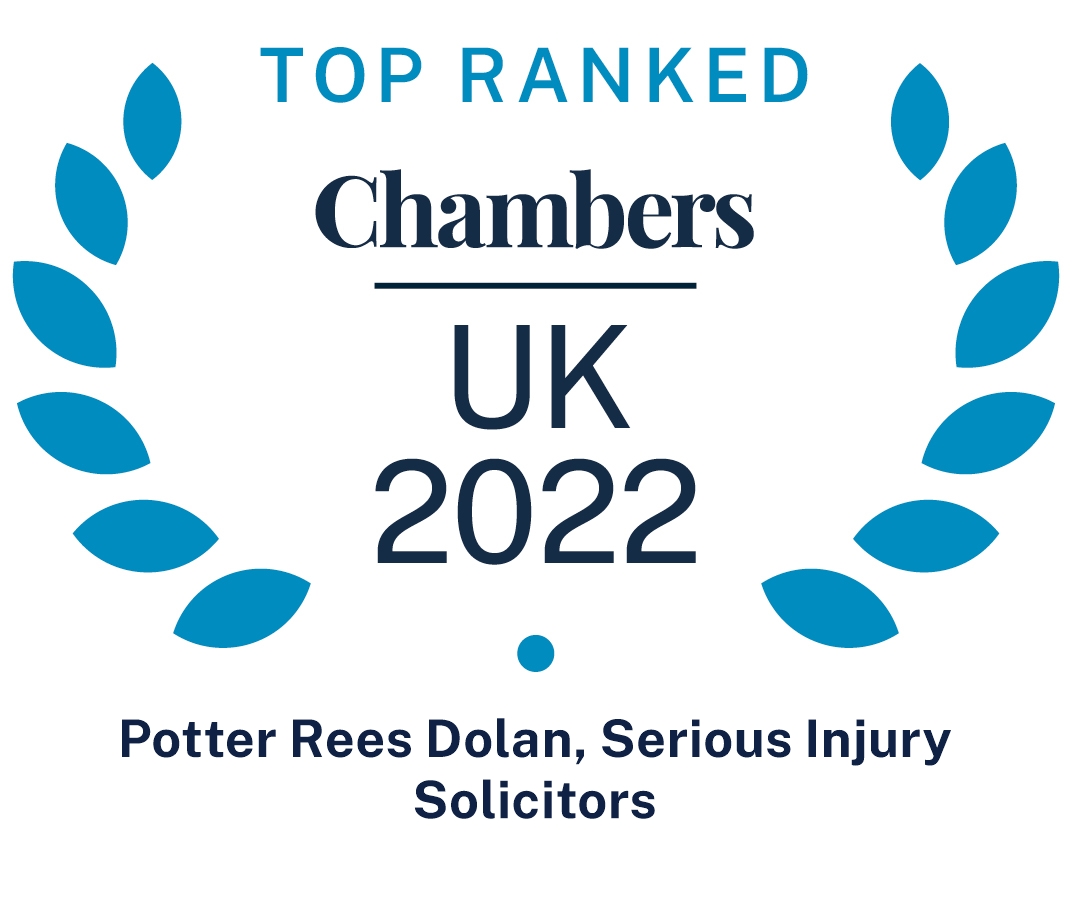Placental Abruption Claims
Placental abruption is a serious complication of pregnancy that can have a devastating impact if not properly managed. If you have been affected by this condition, you may be left with many questions about why mistakes were made by doctors and other medical professionals, or need help with care and support. That’s where the lawyers at Potter Rees Dolan can help.
Our team of expert clinical negligence solicitors is here to assist you in making a claim for the compensation you deserve. This financial award can help you care for your injured child, or provide you with professional support if you have lost your baby.
Our highly regarded clinical negligence team is led by Helen Dolan, Lesley Herbertson, Gill Edwards and Helen Budge, who all feature in the prestigious Legal 500 and Chambers guides. One of our guiding principles is to personalise our service for every single person we work with and put our clients first. We are known for handling sensitive cases with the utmost care.
With our proven track record of recovering substantial awards for birth injury claims, including the mismanagement of placental abruption, we’re ready to help you get the support you need. Call our sensitive and caring team on 0800 027 2557, or fill out the contact form on this page, and a solicitor will get back to you at a time more suitable for you.
We have a proven track record of recovering substantial awards for placental abruption claims:
What is a placental abruption?
A placental abruption occurs during pregnancy when the placenta detaches from the inner wall of the uterus before the baby is born.
Placental abruption is a serious condition for both mother and child. A mild abruption may prevent the baby from growing properly, while a severe abruption with heavy bleeding can deprive the baby of oxygen and cause life-threatening blood loss in the mother.
What can go wrong?
You may have been a victim of clinical negligence if mistakes made by healthcare professionals have caused them to miss or incorrectly manage a placental abruption. Some examples of negligence involving a placental abruption include:
- Failure to diagnose placental abruption
- Delaying or failing to perform a caesarean section when one is needed
- Failure to carefully monitor an early pregnancy if placental abruption is suspected
Delays in treatment can have serious implications for both mother and child. Examples of complications include:
- Excessive blood loss in the mother, leading to shock and, in some circumstances, to brain injury or death
- Emergency hysterectomy
- Brain damage to the newborn child, including cerebral palsy
- Death of the child
How we can help
Potter Rees Dolan’s clinical negligence team has earned a reputation as one of the very best in the UK. Boasting a combined experience in serious injury law of over 80 years and comprehensive medical insight, the team has an unwavering dedication to helping families recover the compensation they deserve.
Helen Dolan, head of the department, has been acknowledged by the Chambers 2020 legal guide for her expertise in handling complex claims, particularly those related to psychiatric care, spinal injury, surgical negligence, cerebral palsy and breaches of duty. The guide cites one source as saying: “Her attention to detail and knowledge of the case inside and out was exemplary.”
The same publication noted that Lesley Herbertson “is very good on the complex details of the case and is able to translate this to clients".
Gill Edwards was also praised as being "incredibly good with clients - they really warm to her - and very good on the medical details".
Clients Mr and Mrs L Glossop said of Helen Budge: ”Dealing with solicitors and legal matters can be daunting. You made the experience very easy and [acted] in a friendly manner. Thank you very much.”
Our clinical negligence team as a whole was highlighted by Chambers 2020 as a “well-regarded team with an impressive caseload of complex clinical negligence work”, citing sources that praised the "really nice, bespoke, high-quality" service we offer.
Our clients regularly tell us that it is the empathy and care with which we act that sets us apart. We specialise in serious and catastrophic injuries, so we know how difficult it can be to live with severe disability or medical conditions. It is our aim, therefore, to make the claims process as stress-free for you and your family as we can.
Funding
Most clinical negligence cases are funded on the basis of a “no win, no fee” agreement, otherwise known as a Conditional Fee Agreement. We can investigate your potential claim and you will not have to pay us anything if your case is unsuccessful; we will explain how this arrangement works during our very first meeting.
If you already have a legal expense insurance policy in place, we’ll always start by investigating whether you can use the same policy for your case, before we consider whether a Conditional Fee Agreement is more appropriate.
What happens next?
First, we will discuss your circumstances in detail and help you understand whether or not you have a case. If you do, we will help you gather all of the necessary evidence to build a strong case. We do this to make sure that we give you the best chance of successfully recovering the right amount of compensation.
Your medical records are our first point of reference - we will obtain them and go through them with you in depth. We will then instruct independent experts to advise on whether or not you or your family member has received substandard treatment.
Once we have positive expert evidence supporting your claim, we will start court proceedings. We will progress the claim as quickly as possible, while always exploring opportunities to adequately settle the case early if we can.
Where possible, we also work towards obtaining early interim awards. For those that have suffered through the devastating impact placental abruptions can have, interim awards can help with a lifetime of care for a child, as well as providing support for the mother while she recovers from a serious injury, and funds to help improve access around the home as the child grows.
Contact us today
If you think you might be entitled to compensation, call us on 0800 027 2557. You can also arrange for us to get in touch with you by completing the online contact form on the side of this page or on our contact page. If you have someone specific in mind that you would like to speak to, visit their profile on our people page.
FAQs
What causes placental abruptions?
It is not clear why some expectant mothers may suffer placental abruptions. However, there are some known factors that may increase the risk:
- Pre-eclampsia
- Placental abruption in a previous pregnancy
- Excessive amniotic fluid
- Chronic high blood pressure
- Trauma to the abdomen
- Smoking or cocaine or amphetamine use
- Infections in the uterus
How is placental abruption treated?
Treatment depends on the severity of the abruption. If there is a mild abruption early in pregnancy, the baby may be monitored to ensure that it is growing properly. However, if heavy blood loss is putting the life of the mother or baby at risk, then an emergency caesarean section may be required.
Useful Information
Salpingo-Oophorectomy
This is a surgical procedure which can be either unilateral or bilateral.
Unilateral is where the
The reasons for this surgery to be performed is usually to treat forms of
This procedure may also be done to treat endometriosis as well as if a woman has been diagnosed with an ectopic pregnancy.
Salpingo-oophorectomy is considered major surgery if performed through an abdominal incision and would require three to six weeks to fully recover.
However, if the procedure if performed laparoscopically, the recovery time can be much shorter.
Immediately following the operation, sharply flexing the thighs or the knees should be avoided.
And if the patient suffers with persistent back pain or blood in the urine then it may indicate that a
Other complications, as with most major surgeries, can include infection,
Complications after a salpingo-oophorectomy, however, can include changes in sex drive, hot flashes and other menopausal symptoms if both ovaries are removed.
In general, studies have shown that the complication rate following salpingo-oophorectomy is essentially the same as that following hysterectomy.
Amniotic Membrane Transplantation (AMT)
What is the amniotic membrane?
The amniotic membrane is the innermost layer of the placenta and can be used as a graft or dressing in a range of different surgical procedures, typically involving the eye. It is used for its anti-inflammatory and anti-scarring effects.
What is amniotic membrane transplantation (AMT)?
This describes the surgery performed in which the amniotic membrane is used as a graft or as a dressing.
In ophthalmology, AMT has been used in the revision of scars in the eye and also correcting defects following the removal of
Generally, the amniotic membrane is obtained through donors, who have been screened for diseases such as HIV, undergoing a caesarean section.
Surgeons clean the placenta with a mixture of salt solution, penicillin and other ingredients. The amnion is separated through sterile dissection and stored in a glycerol solution.















